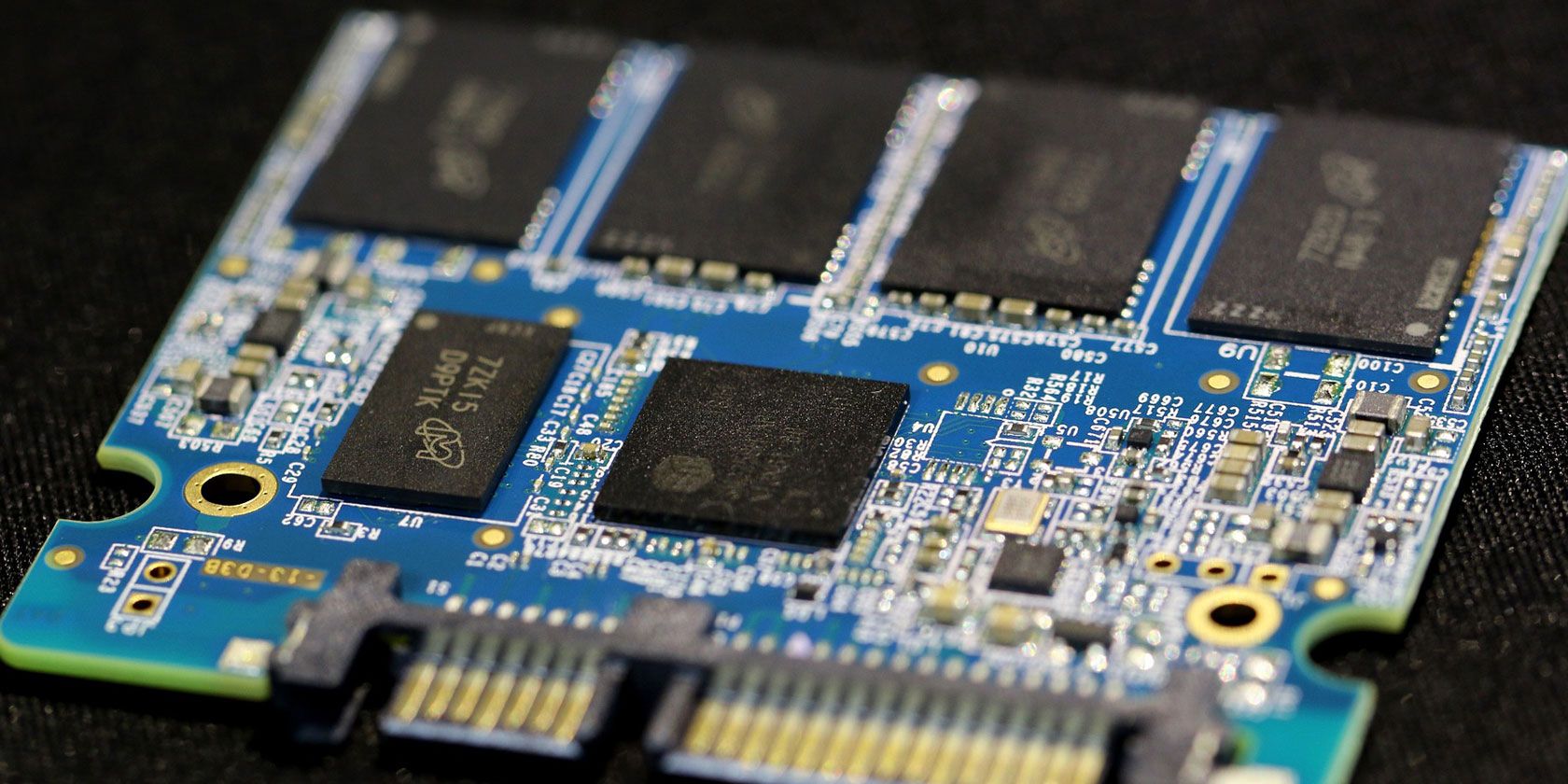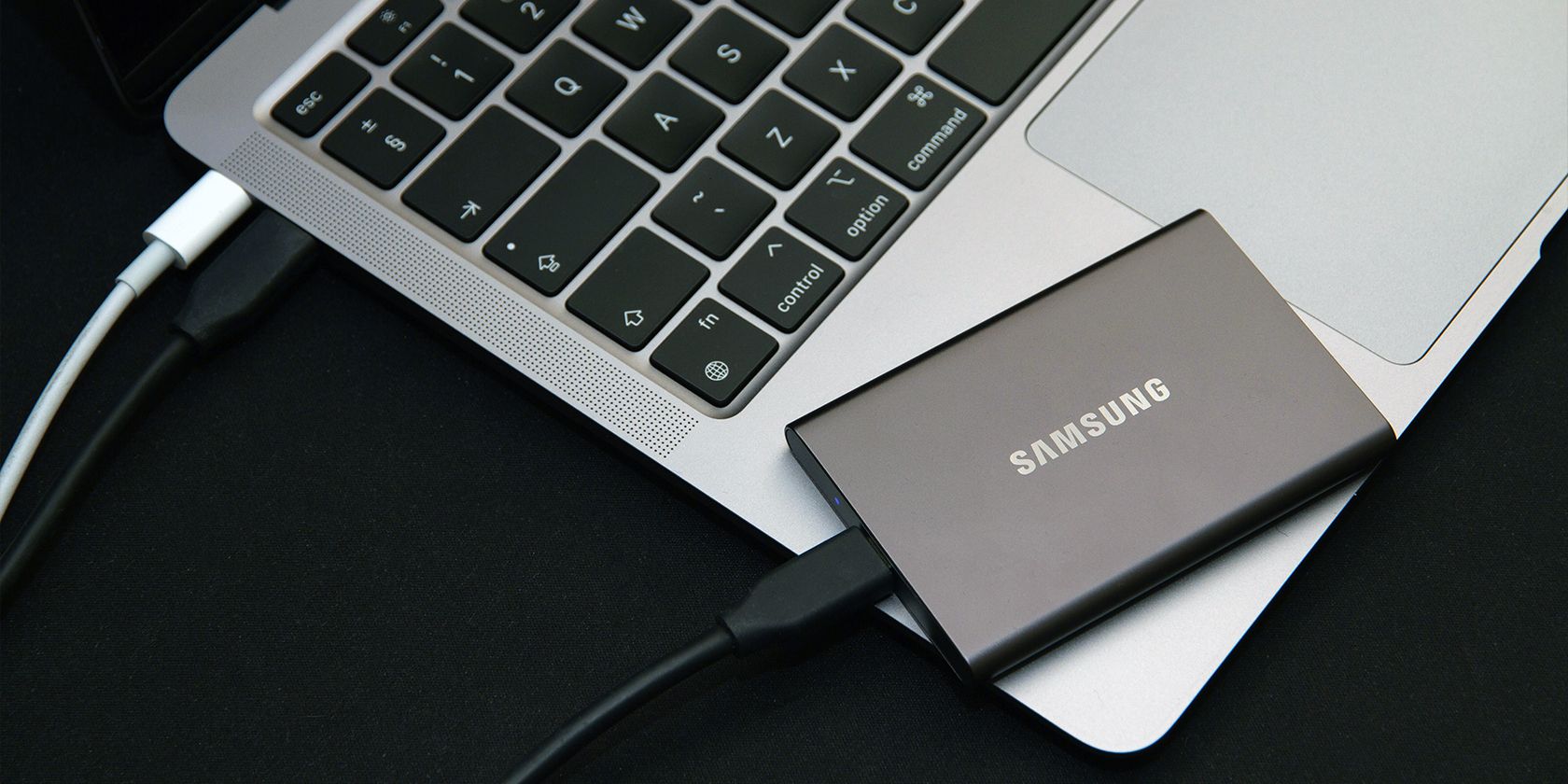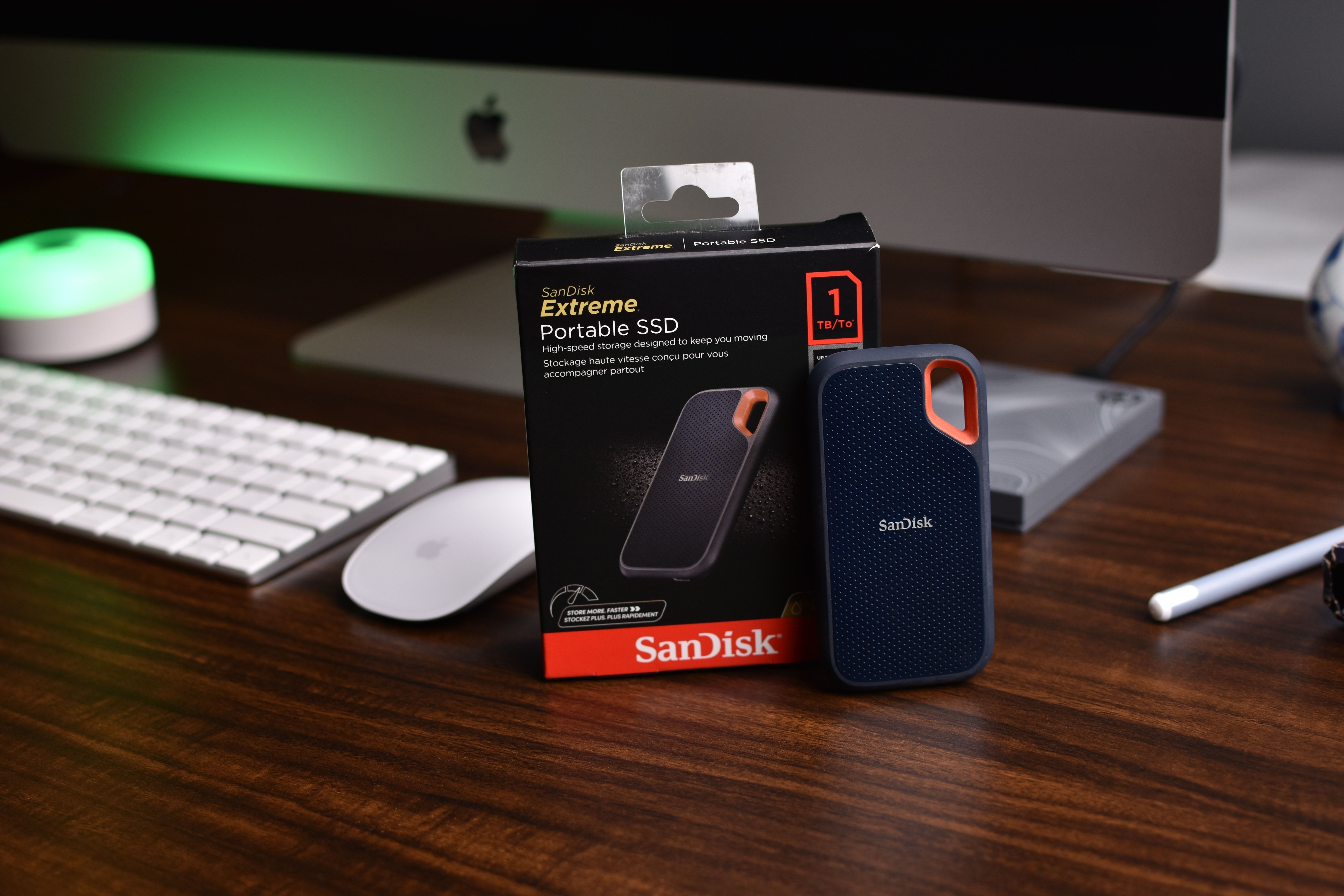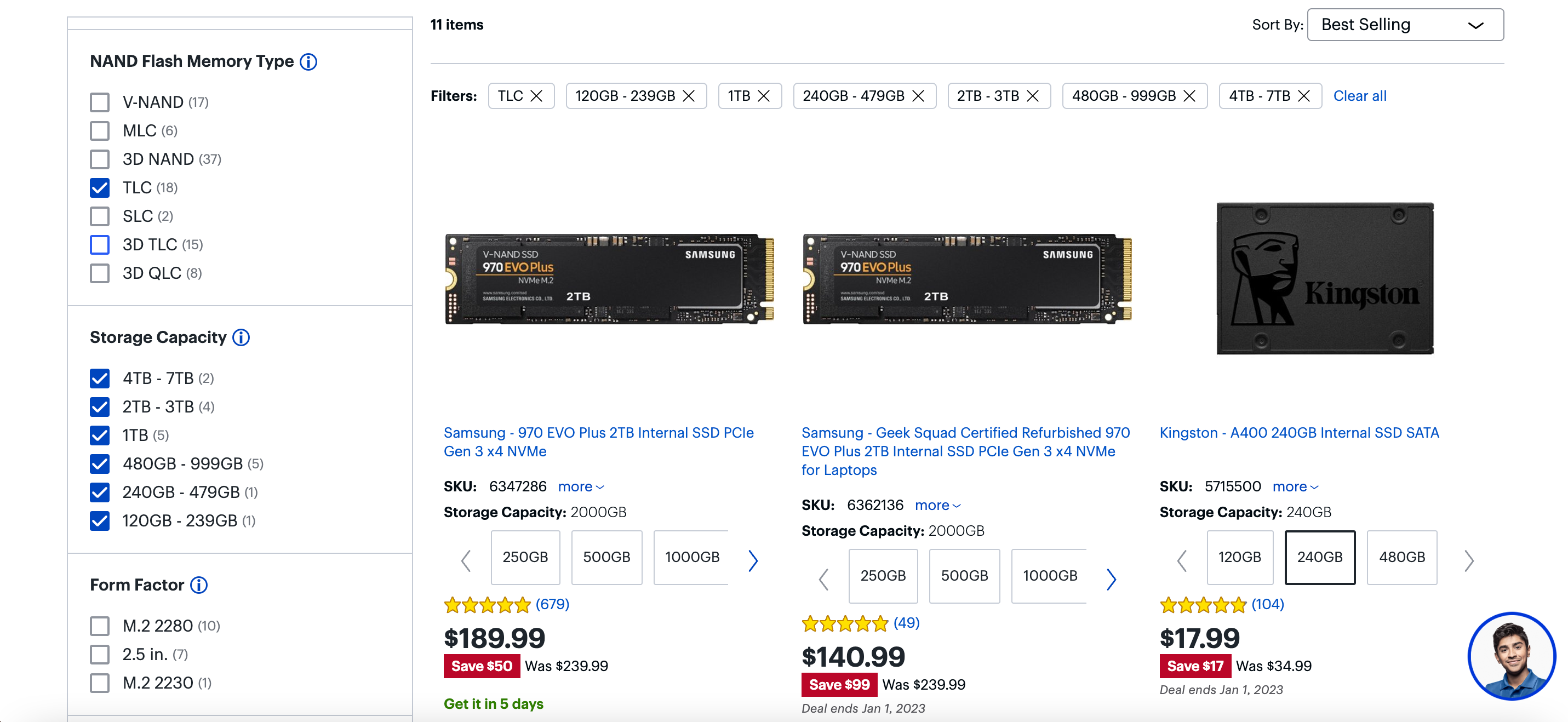When shopping for a solid-state drive (SSD) for your computer, you may encounter the acronyms "QLC" and "TLC" on different models. These refer to the type of NAND flash memory used in the drive and understanding the differences between them will help you make the right choice.
So, let's look at QLC and TLC SSDs, compare their performance, and help you figure out the best option for you.
What Is QLC NAND Flash Memory?
First, let's get some definitions out of the way. NAND is a non-volatile storage technology that stands for "NOT AND," a reference to how it stores data. It is called "non-volatile" because it retains data even when power is not present, making it suitable for SSDs and other storage devices.
NAND flash memory comprises cells that can store data as electrical charges, and each cell stores one or more bits of data. The number of bits that a cell can store determines the type of NAND: single-level cell (SLC), multi-level cell (MLC), triple-level cell (TLC), or quad-level cell (QLC).
That said, QLC NAND flash memory stores four bits of data per cell, allowing for 16 possible binary values. QLC was first introduced in 2018 and has become increasingly popular recently, likely due to its cheap price tag.
Furthermore, these QLC SSDs feature added capacity compared to similarly-priced TLC, MLC, or SLC SSDs, thus making them widely popular for most consumer-use applications today.
What Is TLC NAND Flash Memory?
TLC NAND flash memory stores three bits of data per cell, allowing for nine possible binary values. The higher the number of bits per cell, the higher the storage density and the lower the cost per bit. So, technically speaking, TLC underperforms in storage density and cost compared with QLC.
However, the cells in SSDs only have a limited number of read and write cycles in their lifetimes. So, if you store more bits in a cell, each cell will go through more cycles than an SSD with a lesser storage density. This means it'll likely have lower endurance and slightly slower read/write performance than a TLC SSD.
As of 2021, TLC has become the predominant technology in all consumer SSDs. TLC NAND is used in high-performing drives for web hosting servers, gaming PCs, and entry-level SSDs for general consumer use.
Comparing QLC and TLC SSDs
QLC and TLC SSDs are two popular options for computer storage that offer different benefits and trade-offs. QLC SSDs provide more storage space for a given price but are slower and less durable than TLC SSDs.
TLC SSDs offer faster performance and greater durability but have a lower storage density and cost more. When choosing between the two, it's essential to consider your specific needs and budget to find the SSD that is the best fit for you.
Whether you're a first-time SSD shopper or reading this article to learn more about SSDs, our glossary of terms to know when buying an SSD may help.
QLC vs. TLC SSDs: Speed
The performance of QLC and TLC SSDs can differ significantly in terms of their data access and transfer speeds. TLC SSDs generally have faster data access and transfer speeds than QLC SSDs due to the faster performance of TLC NAND.
For example, a TLC SSD may have read and write speeds of 550 MB/s and 520 MB/s, respectively, while a QLC SSD may have read and write speeds of 500 MB/s and 450 MB/s, respectively.
The speed difference between QLC and TLC SSDs isn't always significant for most users, especially if you're simply using it as a secondary storage drive and not as the primary boot drive. In these cases, the extra speed of a TLC SSD may not be worth the additional cost.
However, you should also note that SSD speed is affected by other factors, like its interface connection and current workload. In general, both QLC and TLC SSDs are suitable for most everyday use cases, but TLC SSDs offer a slight performance edge in some high-demand scenarios.
QLC vs. TLC SSDs: Capacity
When it comes to capacity, QLC and TLC SSDs offer different benefits. QLC SSDs have a higher storage density than TLC SSDs, which means they store more data in a given space. This makes QLC SSDs an appealing option for photographers, video editors, or other professional users who need a lot of storage space.
However, if you're using the SSD to store important projects or working with a lot of massive files, you'd probably want to go for better reliability and slightly faster speed of the TLC SSD.
QLC vs. TLC SSDs: Price
QLC SSDs generally cost less than TLC SSDs due to the lower production costs of QLC NAND. However, the price difference between the two types of SSDs has decreased as TLC NAND becomes more widespread. As a result, the price gap between QLC and TLC SSDs is not as wide as it used to be.
It's worth noting that the price of an SSD is also influenced by other factors, such as the brand, capacity, form factor, and other variables you should consider before buying an SSD. To get the best deal on an SSD, shop around and compare prices from multiple retailers. Remember that the cheapest option may not always be the best value, as cheaper SSDs may have lower performance or durability.
On average, you can expect to pay the following prices for QLC and TLC SSDs with different storage capacities.
|
Capacity |
TLC SSD |
QLC SSD |
|
500GB |
$60 to $80 |
$50 to $70 |
|
1TB |
$80 to $120 |
$70 to $100 |
|
2TB |
$160 to $260 |
$140 to $200 |
These estimates may vary depending on the specific brand, model, and retailer.
QLC vs. TLC SSDs: Durability
SSD durability differs based on their endurance or the number of times data can be written to and erased from the drive. QLC NAND has a lower endurance than TLC NAND, which means that QLC SSDs are less durable and have a shorter lifespan. This can be a concern for those who rely on their SSDs to store important data and need a drive that will last for a long time.
In contrast, TLC NAND has a higher endurance than QLC NAND, which translates to greater durability and a longer lifespan for TLC SSDs. This makes TLC SSDs a good choice for those needing a drive that can withstand heavy workloads and last for a long time.
When choosing between QLC and TLC SSDs, you must consider your durability needs. A TLC SSD may be the right choice if you need a drive that can handle heavy workloads and last for a long time. On the other hand, if you are willing to sacrifice some durability for a lower price, a QLC SSD may be the better option.
QLC vs. TLC SSD: Which Is the Better Choice for You?
So, which type of SSD is better for you: QLC or TLC? The answer depends on your needs and priorities. If you need fast performance and are willing to pay a little extra, a TLC SSD is likely the better choice.
On the other hand, if you need a lot of storage and are willing to sacrifice some speed for a lower price, a QLC SSD might be the way to go. Ultimately, the choice between QLC and TLC SSDs comes down to your specific needs and budget. But if money is no object, then your best bet is to get a TLC (or even an MLC or SLC) SSD.





